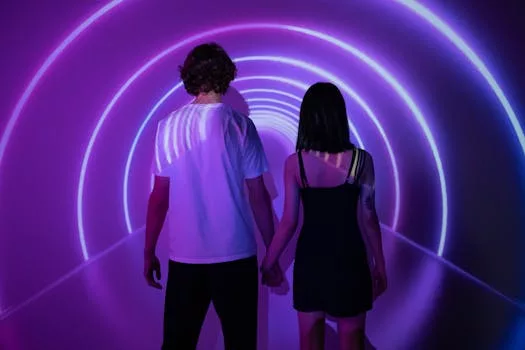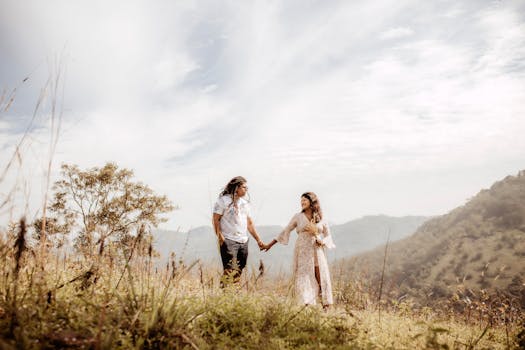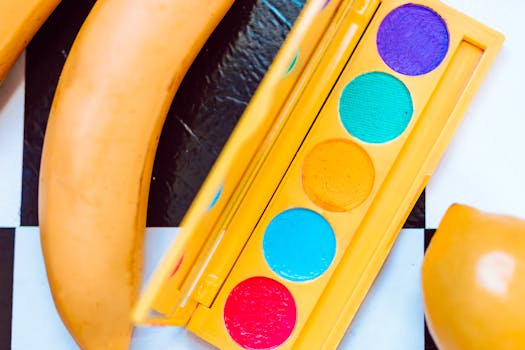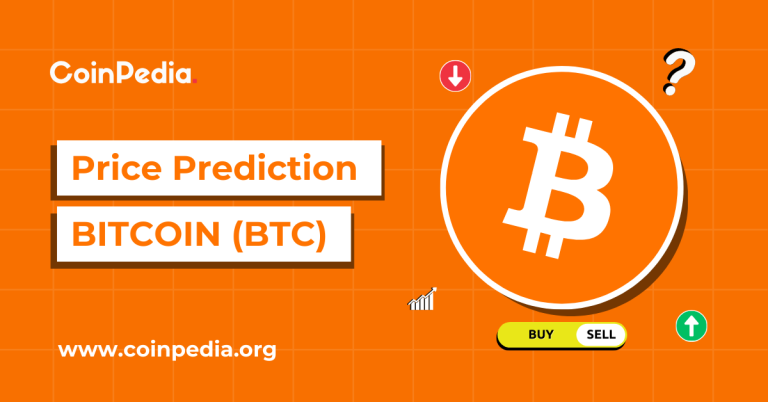
The Intersection of Fashion and Art: A Creative Dialogue
Takeaways:
- Fashion and art share a rich history of collaboration and influence.
- Art movements have significantly impacted fashion trends and aesthetics.
- Fashion designers often draw inspiration from various art forms, creating unique dialogues.
- The relationship fosters innovation and pushes the boundaries of both disciplines.
- Contemporary fashion increasingly embraces artistic expression through innovative designs.
Fashion and art have long been intertwined, offering a unique lens through which we can explore creativity and cultural expression. This blog post examines how these two fields converse with each other, shaping trends, influencing styles, and redefining aesthetics in a dynamic and ever-evolving landscape.
The Historical Context of Fashion and Art

During the Renaissance, artists like Leonardo da Vinci and Michelangelo influenced fashion with their intricate designs and attention to detail. The elaborate costumes of that era mirrored the artistic movements, showcasing the craftsmanship and creativity of that time.
As we progressed into the 20th century, movements such as Surrealism and Dadaism began to infiltrate the fashion world. Designers like Elsa Schiaparelli and Salvador Dalí collaborated to create pieces that were not only garments but also works of art. Schiaparelli’s iconic lobster dress, for instance, is a prime example of how fashion can embody artistic expression.
Moreover, the rise of pop art in the 1960s, championed by figures like Andy Warhol, further blurred the lines between fashion and art. Warhol’s vibrant prints and celebrity culture heavily influenced fashion designers, leading to the creation of bold, graphic styles that defined an era.
Modern Collaborations and Influences

Fashion weeks across the globe often showcase collections that reflect the latest art movements, with designers incorporating elements of painting, sculpture, and installation art into their creations. For instance, the collaboration between fashion designer Alexander McQueen and contemporary artist Damien Hirst resulted in pieces that pushed the boundaries of conventional fashion.
Furthermore, art installations and exhibitions are becoming integral to fashion marketing strategies. Brands like Gucci and Balenciaga have utilized art galleries to launch their collections, creating immersive experiences that merge the two worlds. These events transcend traditional fashion shows, encouraging attendees to engage with the art and the fashion in a meaningful way.
Social media has also played a significant role in this creative dialogue. Platforms like Instagram allow for instant sharing of artistic fashion moments, enabling designers and artists to reach global audiences. This accessibility has democratized the relationship, allowing emerging talents to showcase their work and collaborate across borders.
Moreover, the rise of sustainable fashion has sparked a new wave of artistic expression. Designers are increasingly using recycled materials and innovative techniques, drawing parallels with eco-conscious art movements. This intersection not only highlights the importance of sustainability but also showcases the creative potential of both fields.
Conclusion





